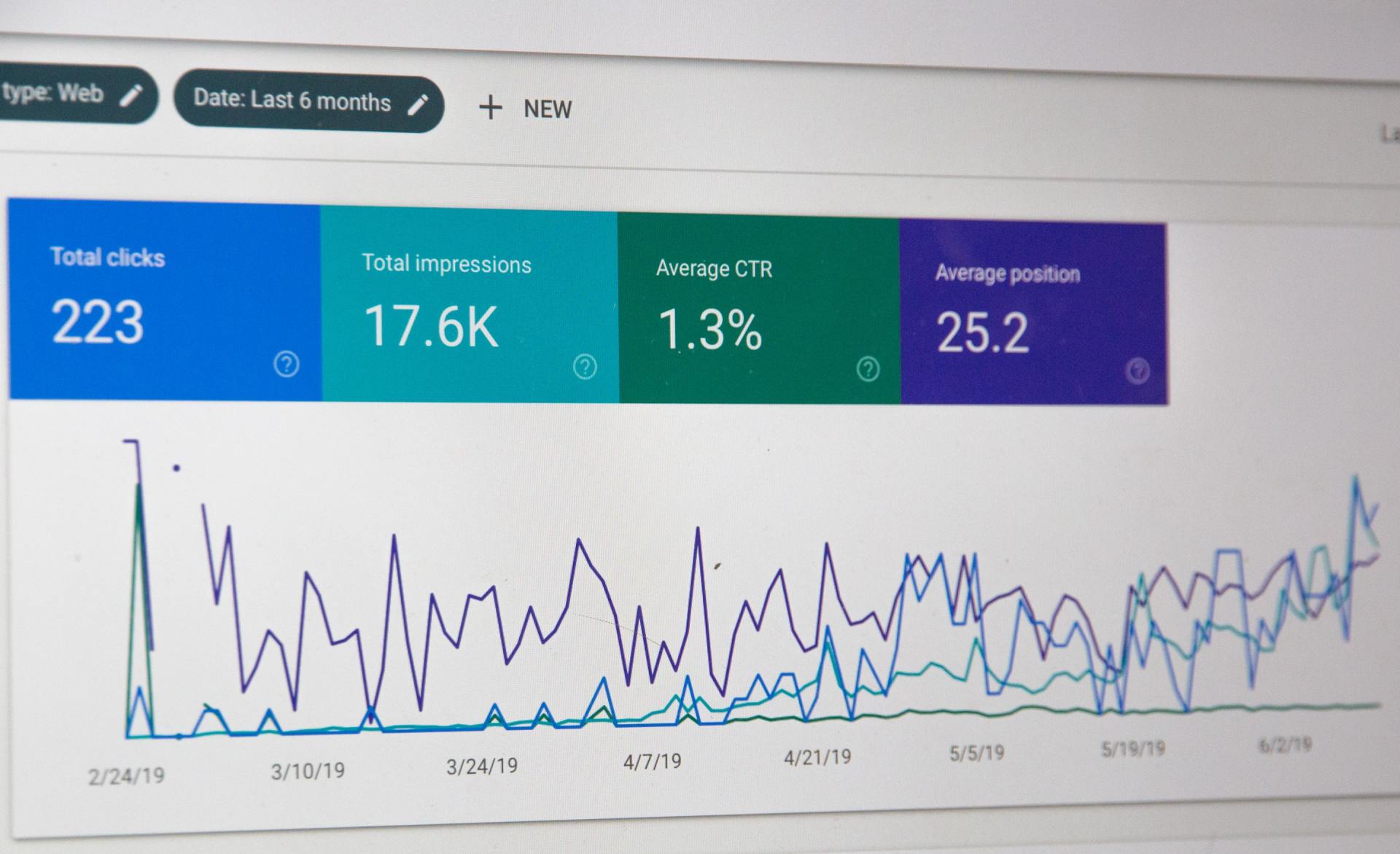
Oregon Small Businesses Play Key Role in Employee Health Coverage
By
Joseph Provence, a news contributor who writes about technology, small business, SEO, and e-commerce.
Mar 10,2025 1:30 PM MST
Oregon's small businesses are a driving force behind employee health insurance coverage, providing benefits that help attract and retain talent in an increasingly competitive labor market. Recent research indicates that approximately 89,000 small employers in the state offer health insurance, collectively
covering around 360,300 employees. With rising healthcare costs, the role of small businesses in providing these benefits remains a critical aspect of workforce stability.
Health Insurance Access and Utilization
Data suggests that
70% of Oregon's small businesses provide access to medical benefits, with 68% of employees taking advantage of these offerings when available. This high participation rate underscores the value placed on employer sponsored health insurance, particularly in industries where benefits can be a key differentiator in hiring and retention strategies.
Cost of Coverage: Individual and Family Plans
Employers and employees share the financial responsibility for health coverage, with cost distribution varying by plan type. On average,
employers pay $458
per month for individual coverage, while employees contribute $121. For family plans, the financial burden increases significantly, with employers covering approximately
$1,205 monthly and employees paying around
$591. The cost range for family plans falls between $365 and $826, depending on plan specifics such as deductibles and out of pocket expenses.
Plan Types and Benefit Offerings
Oregon’s small businesses offer a diverse selection of health insurance plans to cater to employees' varying needs. Among the most common plan types:
- High Deductible Health Plans (HDHPs): 13%
- Health Maintenance Organizations (HMOs): 29%
- Preferred Provider Organizations (PPOs): 34%
These options reflect a balance between cost efficiency and provider flexibility, with PPOs emerging as the most popular choice among small business employees.
Beyond Medical: Dental and Vision Benefits
In addition to medical coverage, small employers in Oregon frequently offer supplementary benefits that enhance overall employee well being:
- Dental Coverage: 52% of small employers offer dental insurance, with an impressive 80% of employees utilizing it when available.
- Vision Coverage: 42% of employers provide vision insurance, with an even higher utilization rate of 84%.
- Health Savings Accounts (HSAs): 39% of small employers offer HSAs, which help employees manage healthcare expenses in conjunction with high deductible plans.
- Flexible Spending Accounts (FSAs): 42% of small businesses provide FSAs, allowing employees to set aside pretax income for medical costs.
Employee Preferences: High Utilization of Dental and Vision
A striking aspect of the research is the exceptionally high utilization rates for dental (80%) and vision (84%) benefits when offered. These numbers suggest that employees place significant value on these benefits, potentially influencing employer decisions on benefit package offerings. Unlike medical insurance, which can involve complex costsharing structures, dental and vision plans tend to have lower barriers to utilization, making them an attractive option for employees seeking routine and preventive care.
Financial Considerations for Employers and Employees
The cost of providing health insurance remains a major factor for small business owners. While employers contribute a substantial portion to premiums, employees still face notable expenses. The average employer paid amount of $1,205 per month for family coverage illustrates the financial commitment required to sustain comprehensive health benefits. Meanwhile, employees paying between $365 and $826 for family plans must weigh affordability against coverage needs.
Implications for Small Businesses and Policymakers
The data highlights the essential role of small businesses in providing healthcare coverage, yet challenges persist in maintaining affordability. Small employers must navigate the tradeoffs between cost control and offering competitive benefits that enhance employee satisfaction and retention. Policymakers and business advocacy groups may need to explore initiatives that support small businesses in sustaining these vital benefits, whether through tax incentives, subsidies, or alternative healthcare models.
Conclusion and Recommendations
Oregon’s small businesses continue to play a pivotal role in employee health coverage, with high participation rates and diverse plan options. Employers seeking to enhance their benefits packages should consider the strong employee demand for dental and vision coverage, as well as the advantages of HSAs and FSAs. Employees, on the other hand, should evaluate their options carefully to maximize cost savings and healthcare access.
For further details on small business health insurance trends and benefits, resources such as
MployerAdvisor.com provide valuable insights and comparisons tailored to Oregon’s evolving market.




